#17th century france
Text

The Laboratory by John Collier (1895), inspired by Robert Browning's classic revenge poem.
"The Laboratory" is a poem and dramatic monologue by Robert Browning. The poem was first published in June 1844 in Hood's Magazine and Comic Miscellany, and later Dramatic Romances and Lyrics in 1845.
This poem, set in seventeenth-century France, is the monologue of a woman speaking to an apothecary as he prepares a poison, which she intends to use to kill her rivals in love. It was inspired by the life of Marie Madeleine Marguerite D'Aubray, marquise de Brinvilliers (1630-1676), who poisoned her father and two brothers and planned to poison her husband, matching the narrator's actions in 'The Laboratory'.
#the laboratory#laboratory#john collier#robert browning#19th century art#oil on canvas#british artist#Marie Madeleine Marguerite D'Aubray#marquise de Brinvilliers#17th century france
40 notes
·
View notes
Text

Dazzling Joan Bennett as Maria Theresa in The Man In The Iron Mask 1939 💋
#old hollywood#beauty#romantic drama#1930s cinema#historical drama#1660s fashion#17th century france#king louis xiv#the four musketeers#joan bennett#louis hayward#warren william#marion martin
15 notes
·
View notes
Text
This is later than I usually post about, but yeesh. The lengths people will go to to maintain their 'youth' and looks. Incredible.
8 notes
·
View notes
Link
another update to the list.
we have traveld from the medieval times till the 19th century
I have now finished the old music part.
next music that will be in the list will be from the well known generations till now.
#acient egypt#traditional music#acient rome#acient Mayan#acient mexico#acient music#music from africa#acient china#medieval#11th century#12th century#13th century#14th century#15th century france#15th century#16th century england#16th century spain#16th century#17th century france#17th century#18th century france#18th century italy#18th Century#19th Century#victorian era#Late Victorian
2 notes
·
View notes
Text


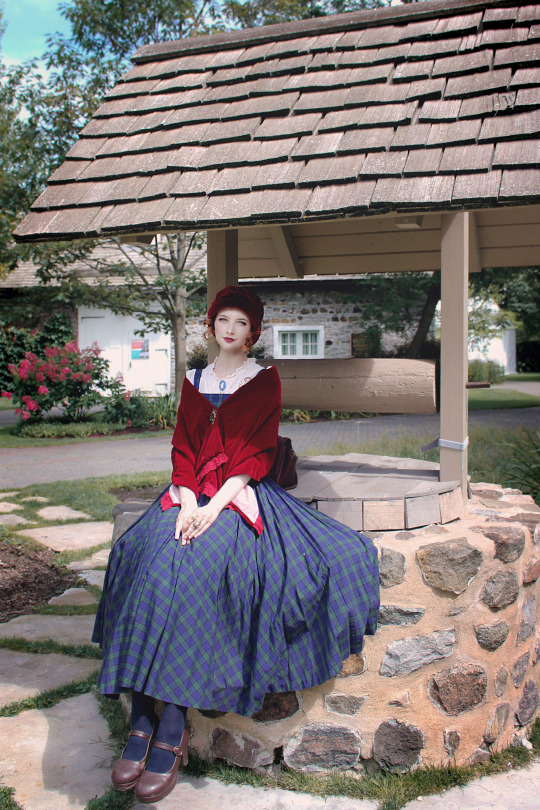
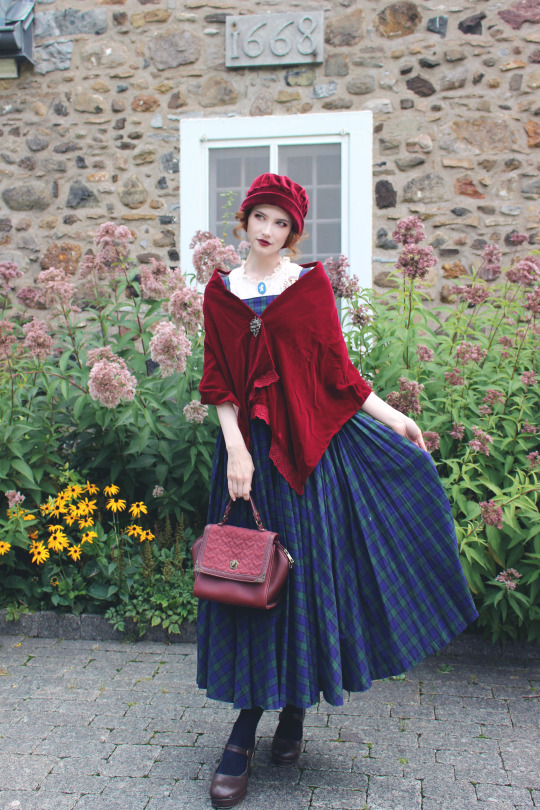
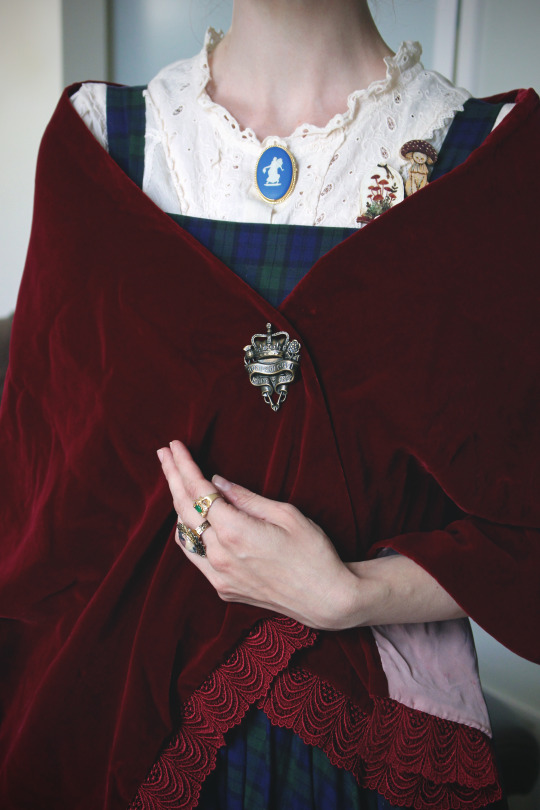
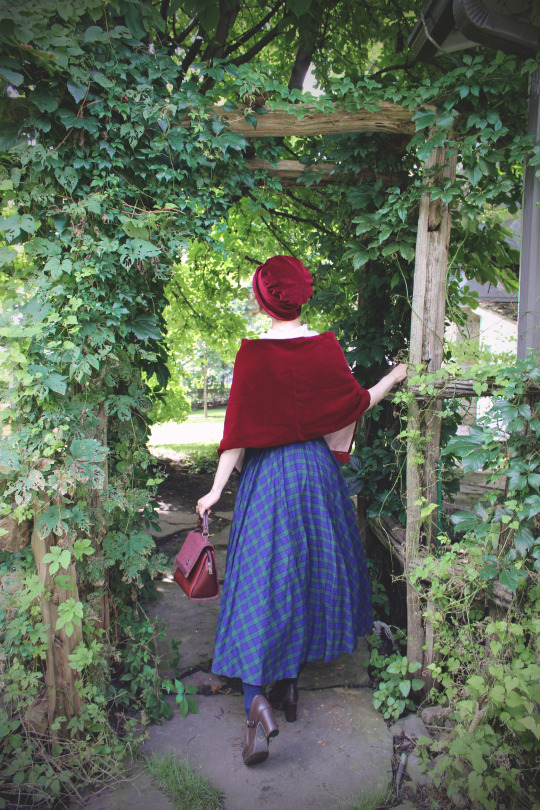
Inspiration nouvelle-française, encore une fois
This outfit was actually from late August, when my family and I revisited la Maison Saint-Gabriel for the first time in years. Built in the 1660s, the main house is the oldest remaining rural piece of architecture in Montreal.
Outfit rundown
Dress: second-hand Juliette et Justine
Blouse: vintage
Velvet shawl: thrifted wafuku
Bonnet: vintage
Shoes: old Queen Bee
Bag: second-hand Axes Femme
Blue cameo: second-hand Wedgwood
Mushroom in glass bell pin: Peppermint Fox
Mushroom cat: present
All other jewellery is vintage
#fashion#jfashion#vintage#vintage fashion#vintage style#alternative fashion#historybounding#history bounding#historical fashion#nouvelle-france#17th century#17th century architecture#historical hair#ega#juliette et justine#fanny rosie#fannyrosie#maison saint-gabriel
453 notes
·
View notes
Text







Women in History Month (insp) | Week 4: Dynastic Daughters
#historyedit#perioddramaedit#women in history#women in history month challenge#my edits#mine#marie anne de bourbon-conti#princess hexiao#hanzade sultan#caroline bonaparte#marie-thérèse-charlotte de france#princess fukang#gorgô of sparta#french history#chinese history#ancient greece#17th century#18th century#19th century#11th century#6th century bc#5th century bc
165 notes
·
View notes
Text



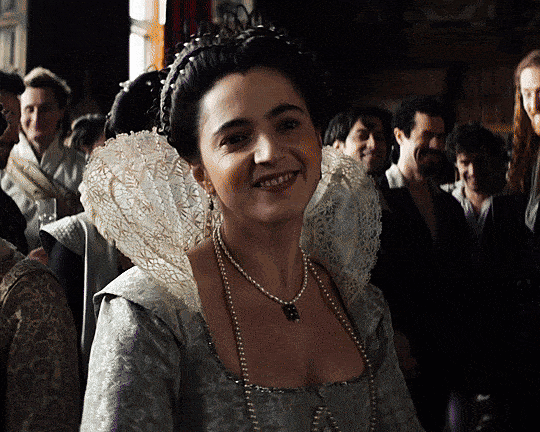
Pearl Chanda as Frances Howard
Mary & George 1.03
109 notes
·
View notes
Text
The dangers of the combat zone

"Women accompanying the military were in what military historian John Lynn calls the combat zone, which is
best defined by the intensity and immediacy of danger and by the ability to do direct harm to the enemy… the full reality of war lives here. Modern armies regard it as an innovation to send some women into combat, but in the campaign community all women stood in harm’s way.
It would be odd to imagine that the women accompanying an army, exposed as they were to all the dangers of the military world, didn’t pick up arms and fight. In 1643, in the earlier stages of the English Civil War, a regiment of troops was recalled from Ireland to support King Charles. Rumours swirled that they were accompanied by a regiment of women, and that ‘these were weaponed too; and when these degenerate into cruelty, there are none more bloody’. Indeed, when 120 Irish women were taken prisoner at Nantwich they were discovered to have long knives with them, causing a furore in the press. The dubiously named True Informer excitedly reported that the knives in question were half a yard long, with a hook at the end ‘made not only to stab but to tear the flesh from the very bones’. The likeliest explanation for these knives, however, is that the women weren’t soldiers; they were camp followers, and they needed the knives to help them with pillage and self-defence.
The women of the campaign community did fight. The Bishop of Albi, on the battlefield of Leucate in southern France to administer to the dying in 1637, came upon the bodies of several women in uniform. ‘These were the real men,’ he was told by the Castilian soldiers, ‘since those who had fled, including certain officers, had conducted themselves like women’.
Madeleine Kintelberger was a vivandière accompanying the French Seventh Hussar Regiment at Austerlitz in 1805, along with her soldier husband and their six children. The regiment was under heavy attack from Russian forces when her husband was killed by a cannonball, and her children seriously wounded. Madeleine herself had taken a cannonball to the arm, virtually slicing it off below the shoulder. As the Russian Cossacks approached, she scooped up a sword to defend her children, receiving further wounds in both her arms before the family was taken prisoner. Madeleine was six months pregnant and gave birth in captivity. Her bravery was rewarded with a pension from Napoleon. Examples of cantinières fighting are ‘legion’."
Forgotten Warriors, Sarah Percy
#history#women in history#women's history#19th century#17th century#women warriors#warrior women#madeleine kintelberg#european history#historical figures#historical#france#franch history#england#english civil war#napoleoni
54 notes
·
View notes
Text
see normally i try to avoid and dislike using "they're ooc" as a criticism bc it's been historically used to flatten out a character's flaws. i want to use any possible in universe route to explain what's going on regardless of whether it aligns w authorial intent or not. anyway i think ten is ooc in girl in the fireplace
#this is not the case with ANY other episodes of his whole entire run because with stuff i have issues with#i can come up with concepts that might not have been intended by the writer but are genuinely interesting to me otherwise#gitf is irredeemable. throw it in the garbage. ten would not do that.#mx tenth 'born out of love driven mad by love lives and dies by love' doctor. WOULD not do that. gbless.#this freak sticks by rose's side like glue until he can't anymore and you're telling me hed leave her on a ship#to live life 'on the slow path' with a random rich girl he JUST met in fucking 17th century france. explode#dr who#i'm making this post on my tumblr bc i don't want to keep getting into fights over this again lol#10 era
94 notes
·
View notes
Text
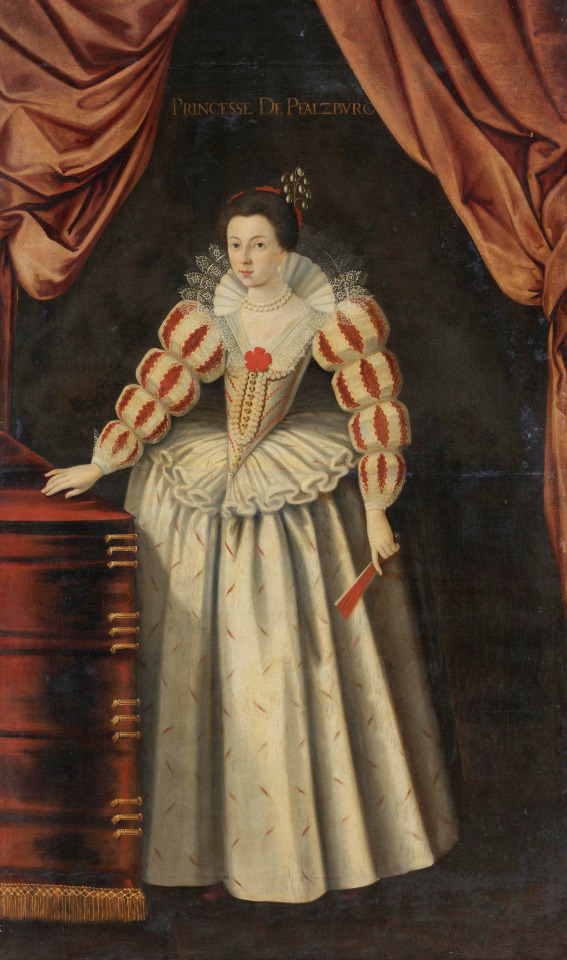
Henriette of Lorraine, c. 1625
69 notes
·
View notes
Text
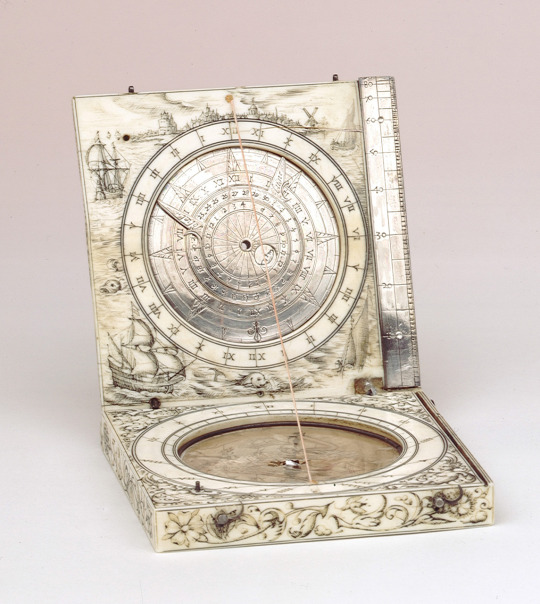
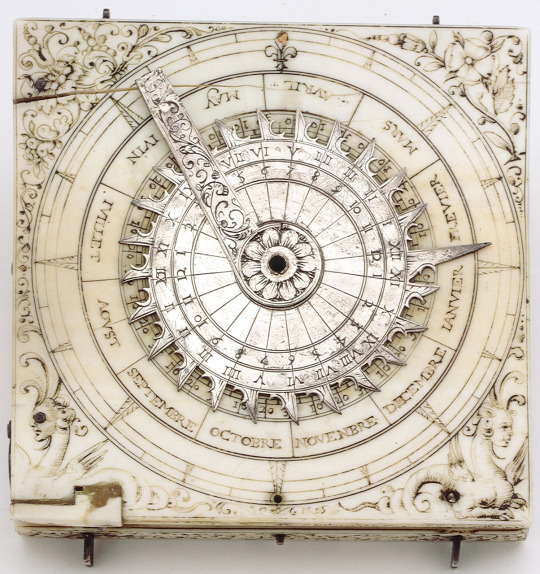
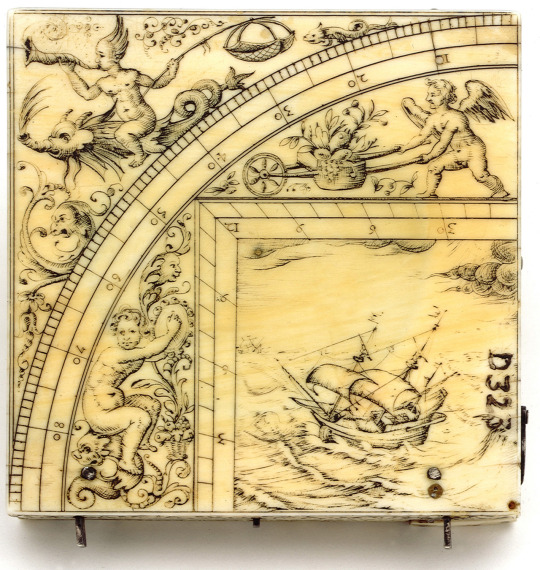
Diptych dial with compass for latitude 49° North, by David Asselinne, Dieppe, 1650-1700
This one is almost more of a compendium than a diptych dial, carrying a nocturnal, quadrant, lunar volvelle, equinoctial dial and horizontal dial.
189 notes
·
View notes
Text
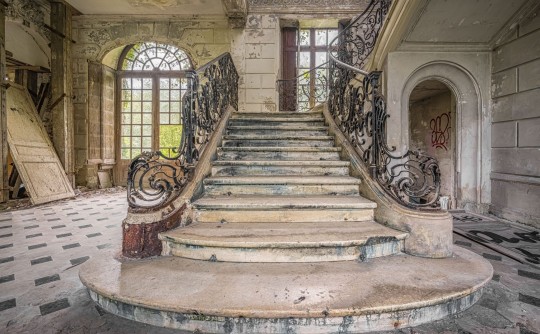
Château de Singes, France,
Courtesy: Saving Castles
#art#photography#abandoned places#abandoned#abandoned house#urbexphotography#urbex#urbexsupreme#zombilenium#decay#chateau#castle#abandoned castle#france#chateau des singes#17th century#time
104 notes
·
View notes
Photo

The new border between Spain and France, 1659.
via cartesdhistoire
Source: “Atlas de Historia de España”, Fdo García de Cortázar, Planeta, 2005
Within the framework of the Thirty Years' War, France declared war on Spain in May 1635. Starting in 1639, the French army invaded Roussillon, beginning with the occupation of the fortress of Salses. Richelieu fueled the revolt of the Catalans against Philip IV (started in June 1640), granting the insurgent leaders and troops the protection of French sovereignty (recognized by the insurgents in January 1641). Catalonia's return to Spanish obedience was effective only in October 1652 when Barcelona surrendered.
The fatigue produced by the French occupation, whose army was as burdensome or more burdensome than the Spanish and whose policy was more absolutist and inconsiderate than that of Olivares, alienated the population from the French, but Richelieu's move later served Louis XIV.
Indeed, the Peace of Westphalia (1648) did not put an end to the Franco-Spanish War, which ended with the defeat of Las Dunas (June 14, 1658). June 25, 1658, was the “folle journée” of neighboring Dunkirk: the city, Spanish in the morning, was taken by the French at noon and they handed it over to their ally England in the afternoon (it will be definitively French in 1662) .
The Peace of the Pyrenees (November 1659) meant the loss of Roussillon and Upper Cerdanya, with the establishment of the "dean border of Europe" between France and Spain. It also meant the definitive end of Spanish hegemony. On the other hand, one of the clauses of the treaty, which agreed to the marriage of Louis by a financially exhausted country), would later justify French interventionism in the Netherlands and, above all, would pave the way for the Spanish Crown to fall at the end of the century to the Bourbons, the current reigning dynasty in Spain.
50 notes
·
View notes
Text
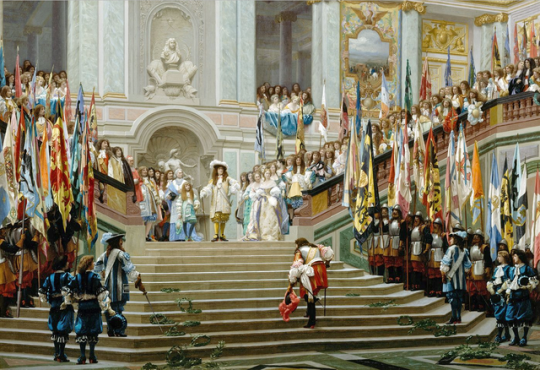
Reception of the Grand Condé at Versailles following his victory at Seneffe by Jean-Léon Gérôme, 1878. The Grand Condé bows towards Louis XIV as laurel wreaths are laid in his path, while captured enemy flags are displayed on both sides of the stairs. The battle of Seneffe was one of the most brutal of the periods, with one French nobleman writing "we have lost so much by this victory that without the Te Deum and captured flags at Notre Dame, we would believe we had lost the battle."
36 notes
·
View notes
Text


A few weekends ago, I went to Les Seigneuriales de Vaudreuil-Dorion with a friend. Since it's an annual historical Nouvelle-France fair, I wanted to create an outfit inspired by that time period (anything between the 16th and the 18th century). I sadly do not own any real historical recreation costume, so I did what I could with my own modern wardrobe.
Outfit rundown
Bonnet: Moi-même-Moitié (gift)
Overskirt: The Floral Notebook
Underskirt: second-hand Black Peace Now
Panniers: a gift from the designer of @british_wardrobe
Shirt: old gift from Boutique 1861
Belt, scarf and brooch: vintage
Boots: old Cobb Hill
#fashion#vintage fashion#vintage style#vintage#historybounding#historical fashion#17th century fashion#nouvelle-france#moi-même-moitié#moi-meme-moitie#goth fashion#gothic fashion#goth#second-hand fashion#fanny rosie#fannyrosie#ootd
424 notes
·
View notes
Text
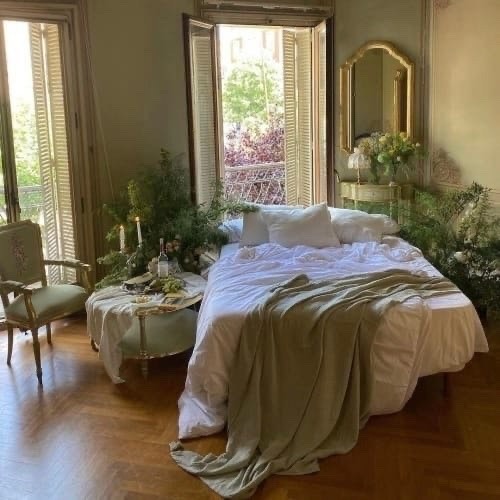
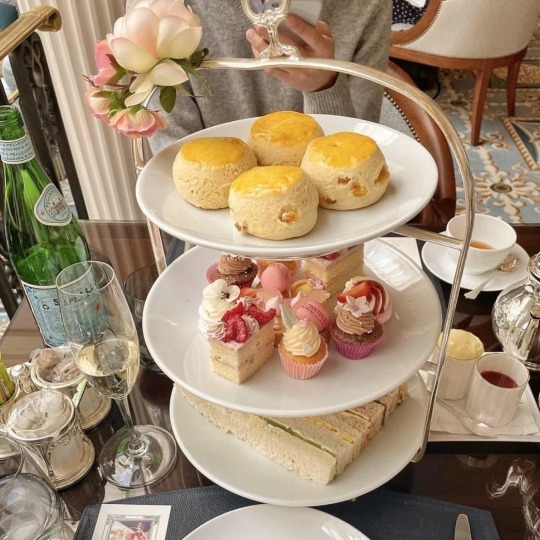


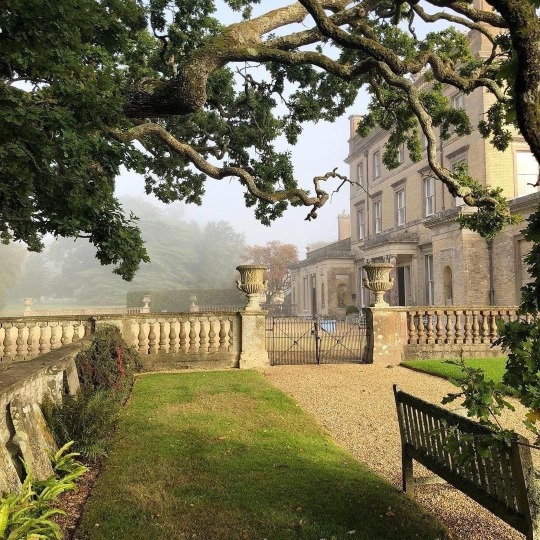


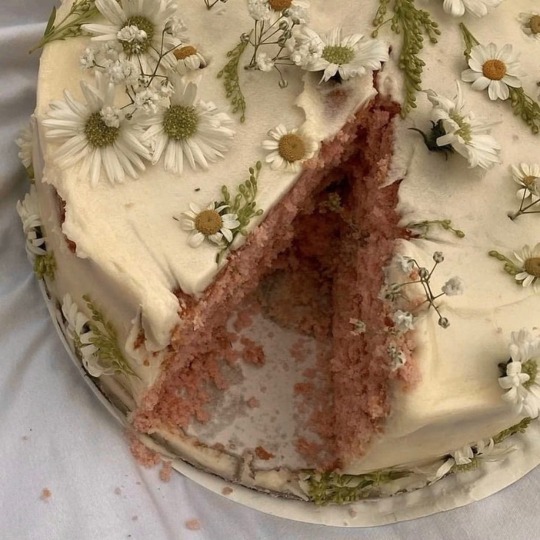
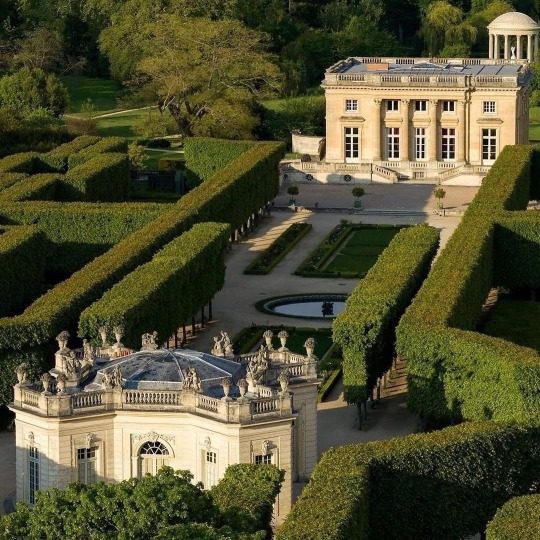
measured life in your own palace in old france
27 notes
·
View notes